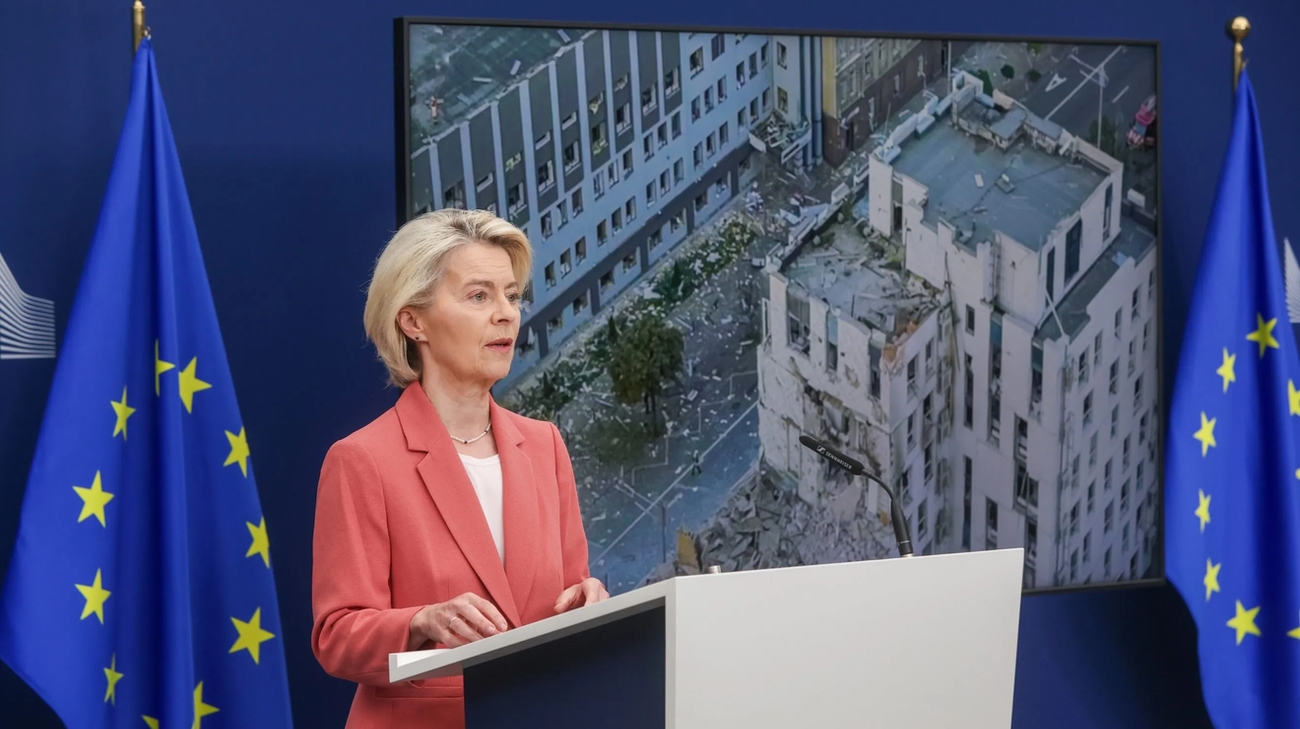European Commission Proposes Redirecting Frozen Russian Assets for Ukraine’s Reconstruction: Details and Prospects

The European Commission is actively working on developing a mechanism that would allow the transfer of nearly 200 billion euros of frozen Russian assets into a specially created fund aimed at financing Ukraine’s post-war reconstruction.
This ambitious initiative has sparked widespread debate among European politicians and financial experts concerning the legal and financial implications of such a move.
Sources indicate that Brussels is examining the readiness of member countries’ governments to invest these assets into higher-risk financial instruments that could generate greater returns and increase pressure on Russia, which refuses to cease hostilities.
The idea also involves considering asset confiscation as a form of punishment for Russia’s refusal to fulfill post-war reparations obligations.
However, most EU countries oppose immediate confiscation due to complex legal procedures and financial risks, especially since much of the Russian assets are held within Germany, including at the Euroclear institution.
At an upcoming informal meeting of EU foreign ministers in Copenhagen, scheduled for this week, the main topic will be further options for utilizing the proceeds from frozen Russian sovereign assets.
The preparatory documents suggest the discussion will focus on establishing a special fund similar to the European Stability Mechanism (ESM) that would enable investments in higher-yield, riskier financial instruments to provide Ukraine with additional resources.
This mechanism could also include G7 countries such as the United Kingdom and Canada, which strongly advocate for asset confiscation.
Critics express concerns that such risky investments could lead to financial losses, with taxpayers ultimately bearing the burden.
The position of individual countries, particularly Spain, Belgium, and others, shows some support for this initiative, while nations like Germany remain cautious due to legal and financial risks, notably because significant portions of Russian assets are stored through Euroclear.
An intriguing proposal is the creation of a joint fund that could also attract contributions from G7 economies, thereby amplifying the resources available for Ukraine’s recovery and rebuilding efforts in the post-war period.

